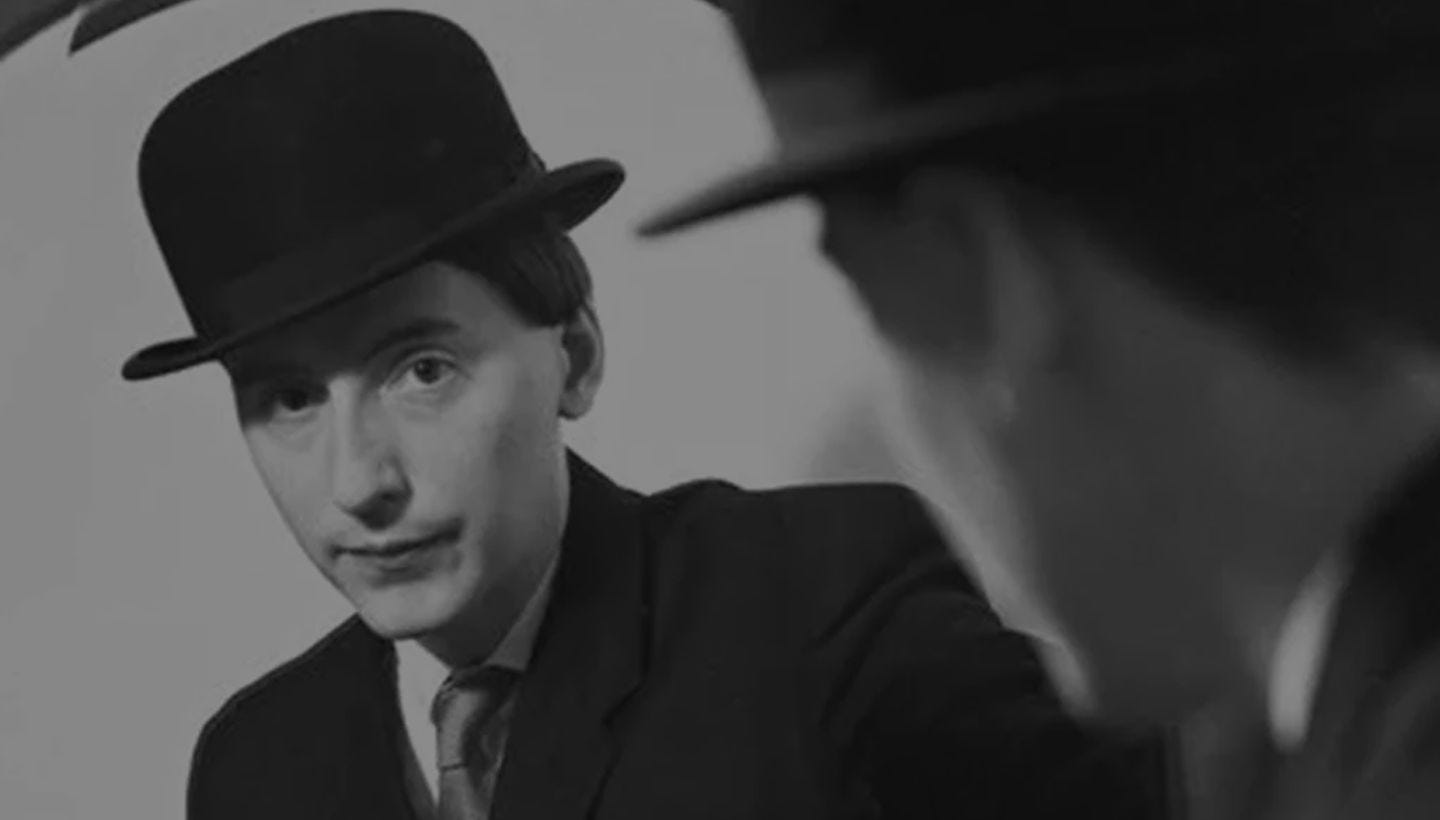él Records in Tokyo, 1987: A Japanese Odyssey
It’s fair to say that whatever success we had with él was not the consequence of heavy gigging, be it at home or abroad. We never set out to ‘break’ West London, where most of us were based, let alone England or Europe. In fact, if my memory serves me well, apart from the surreal parenthesis of Japan, 1987, we only ever performed once as él artistes – at the Limelight, just off Shaftesbury Avenue, ‘we’ being Julia Gilbert (a.k.a Anthony Adverse), Simon Fisher-Turner (a.k.a The King of Luxembourg, with a ‘o’) and myself, the same trio that set out for Tokyo on 29 September 1987. The only things I remember from that gig are Simon performing in full drag, Julia’s tartan outfit and the audience’s clearly nonplussed reaction.
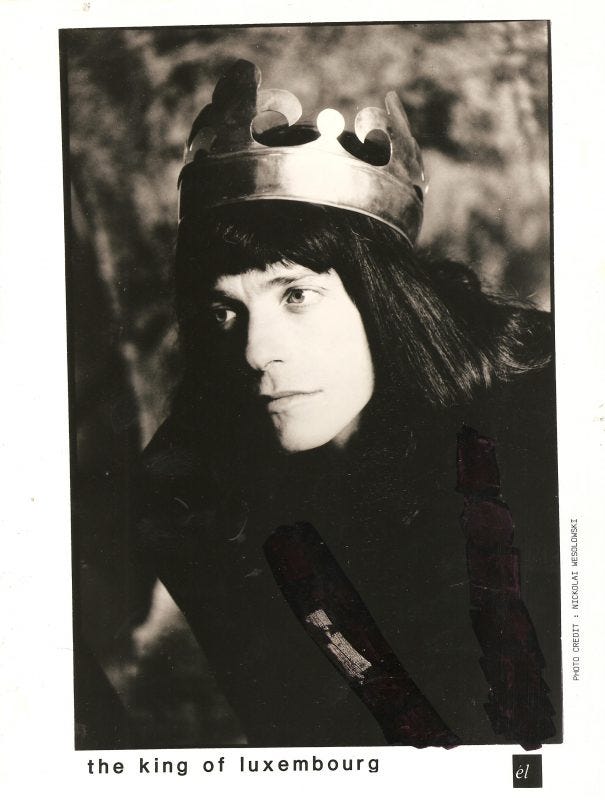 We made ourselves scarce on stage out of both choice and necessity. Mike Alway, our supremo, thought that live performances would add nothing to the mystique he wanted to create around all of us and, beyond us, around the label itself. él was conceived as a realm of fantasy which shouldn’t be sullied by something as mundane as actual human beings tripping over an amp lead. I should add that it was an aesthetic that most of us adhered to, with some caveats. We could see Mike’s point. We could also see that, for some (in the press in particular), this was another proof that we were just a bunch of snobbish brats who’d gone into pop music as others spend a gap year travelling the world before joing Magdalen or Balliol. If only.
We made ourselves scarce on stage out of both choice and necessity. Mike Alway, our supremo, thought that live performances would add nothing to the mystique he wanted to create around all of us and, beyond us, around the label itself. él was conceived as a realm of fantasy which shouldn’t be sullied by something as mundane as actual human beings tripping over an amp lead. I should add that it was an aesthetic that most of us adhered to, with some caveats. We could see Mike’s point. We could also see that, for some (in the press in particular), this was another proof that we were just a bunch of snobbish brats who’d gone into pop music as others spend a gap year travelling the world before joing Magdalen or Balliol. If only.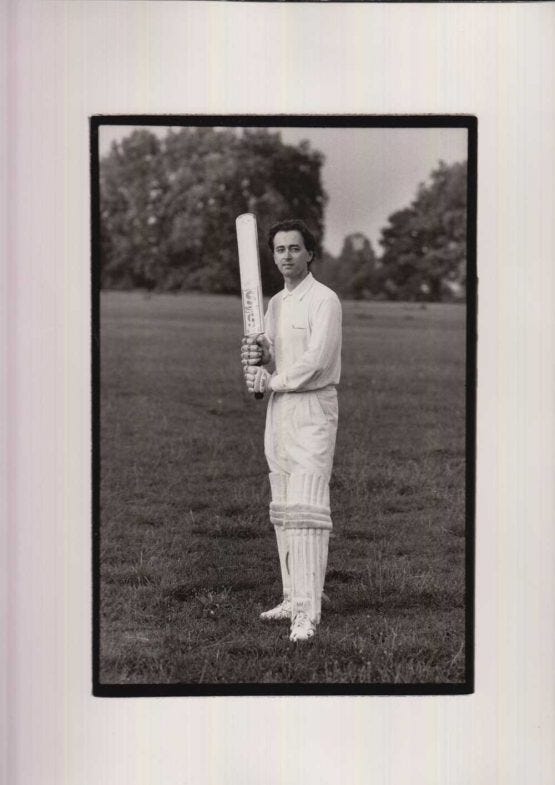
Had we wanted to play live, anyway, we wouldn’t have been able to. With the exception of Shock-Headed Peters, the Gol-Gappas , Ambassador 277 and Marden Hill (all of whom, Marden Hill aside, were episodic visitors of él’s fantasy land anyway) and genuine singer-songwriters like Kevin Wright (Always) and, too briefly, Momus, él ‘bands’ did not exist as ‘bands’. The same small group of musicians (of which I was one) backed Anthony Adverse, the King of Luxembourg, Bad Dreams Fancy Dress, the Would-Be-Goods, The Florentines and others, including myself, on all of their records, with producer Richard Preston keeping an eye on proceedings. Dean Brodrick, a phenomenal multi-instrumentist and arranger, took care of piano, accordion, most keyboards and…bassoon. The late, wonderful and much, much-missed Nick Wesolowski, a former member of the Monochrome Set and our house photographer, sat on drums. Colin Lloyd-Tucker (formerly of The Gadgets, who’d been Simon’s partner in Deux Filles and would go on to collaborate with Kate Bush) contributed guitars and backing vocals. Lindy Morrison and Amanda Brown of The Go-Betweens made some appearances on drums, violin and oboe. Martyn Bates of Eyeless in Gaza played bass and sang some mighty vocal lines. I primarily attended the sessions as an arranger, contributing classical and acoustic guitar, a bit of bass, some keyboards and vocals. We were a kind of low-budget Wrecking Crew, musicians who were happy to help each other but never got a chance to rehearse properly. More often than not, we learnt the new songs on the spot, in the studio. How on earth could we even think about playing gigs? And who’d have us anyway?
Well, Japan would, as we found out.
 None of us were aware that the sound of él had found a proper audience on the other side of the world. Then, some time in the summer of 1987, completely out of the blue, we learnt that several of our records had entered the Japanese import charts (three singles of mine were in that Top 20 simultaneously at one blessed time), and that a licence deal had been struck by Cherry Red Records with Toy’s Factory, a subsidiary of the VAP (for ‘video-audio project’) company. Japan’s hottest boy band, Flipper’s Guitar (one half of which was Keigo Oyamada, who’d become much better-known worldwide as electronica guru Cornelius) were devoted fans – to the extent that they’d ripped off a couple of my songs, as a laughing Keigo demonstrated to me at Air Studio, many years later. The él sound, unashamedly light, poppy and colourful, but also ambiguous, and not just in a sexual sense, chimed in with the sensitivities of young urban Japanese, male and female alike, particularly those who congregated at night in the ‘happening’ entertainment quarter of Shibuya. What would become the shibuya-kei sound had Tokyoite foundations – Pizzicato V, obviously – but also owed a lot to us, something which became clear much later on.
None of us were aware that the sound of él had found a proper audience on the other side of the world. Then, some time in the summer of 1987, completely out of the blue, we learnt that several of our records had entered the Japanese import charts (three singles of mine were in that Top 20 simultaneously at one blessed time), and that a licence deal had been struck by Cherry Red Records with Toy’s Factory, a subsidiary of the VAP (for ‘video-audio project’) company. Japan’s hottest boy band, Flipper’s Guitar (one half of which was Keigo Oyamada, who’d become much better-known worldwide as electronica guru Cornelius) were devoted fans – to the extent that they’d ripped off a couple of my songs, as a laughing Keigo demonstrated to me at Air Studio, many years later. The él sound, unashamedly light, poppy and colourful, but also ambiguous, and not just in a sexual sense, chimed in with the sensitivities of young urban Japanese, male and female alike, particularly those who congregated at night in the ‘happening’ entertainment quarter of Shibuya. What would become the shibuya-kei sound had Tokyoite foundations – Pizzicato V, obviously – but also owed a lot to us, something which became clear much later on.
But first, we had to do this thing we’d never done before. Rehearse. The band pretty much picked itself. Dean would be our musical director and take care of keyboards. Nick on drums. Martyn on bass. Simon could play some guitar for me, and I for him. Julia would sing bvs for all of us. There’d only be three dates, all of them at Club Quattro, in the heart of Shibuya (naturally). Each night, one of the three of us would pair with another, so that, in the end, we’d each have played two full gigs as artists. This meant learning close to fifty songs in a couple of days for our quintet. What’s more, some of these songs weren’t quite ready yet.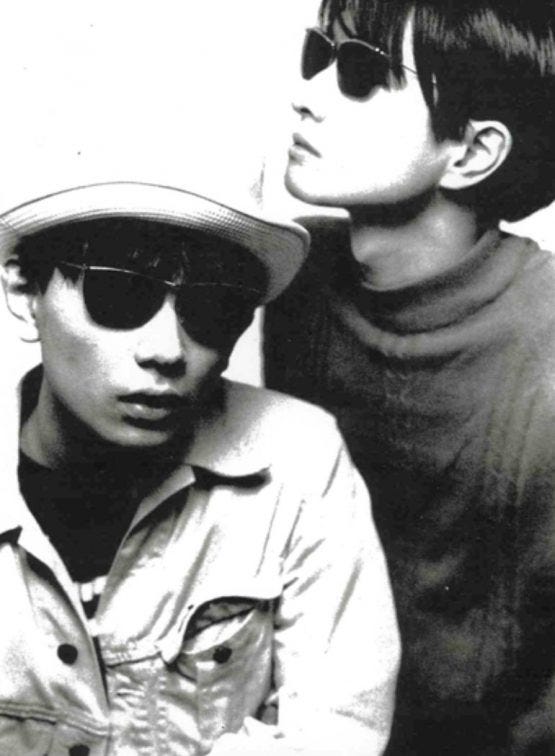
We gathered at Nomis Studios regardless. Nomis, which had recently welcomed Jerry Lee Lewis, the Everly Brothers and Japan – the band – was conveniently located in my street (I might have had to do something with that choice). I’ll be frank. I remember very little of those rehearsals, except that I once dashed home in a panic when I realised that one of the songs Julia would be singing (The Garden Of Eden, later included in the Red Shoes album) lacked a verse. I managed to get enough rhymes together to make it work, but I won’t suggest this was one of my better set of lyrics.
Then it was time to board the 747 jumbo to Narita airport. We were booked on JAL, whilst Richard would follow us a day later, travelling on Aeroflot. Mike joined us, but only after he’d been told that, should he – the world’s most nervous flier – not dare board the plane, this would constitute an insult of such seriousness to our Japanese hosts that it would probably mean the end for a business relationship on which the whole future of the label depended. He then spent the second part of the 13-hour trip watching the frozen immensity of Siberia roll by. “I was telling myself: at least, if we crash, it’ll be somewhere truly beautiful”, he told me when we were finally re-united in Tokyo.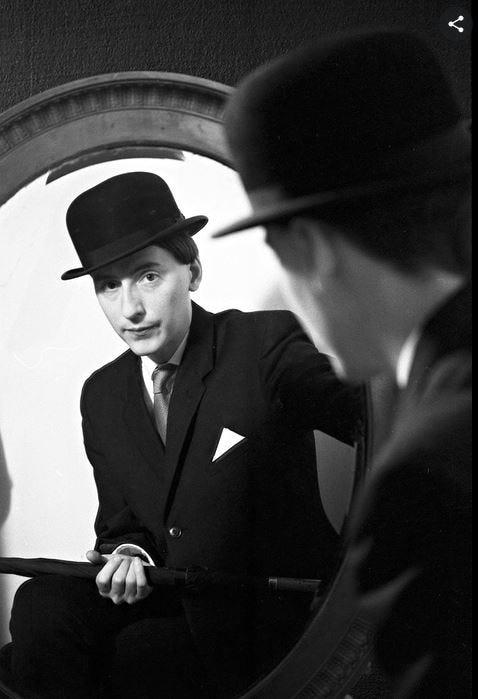
As to us, my chief memory of this flight is of Simon deciding he wanted a nap, downing a couple of flasks of sake in record time – before we took off – and then curling up on the floor under our neighbouring seats, where he remained until we touched down at Narita.
The first sign that this would be no ordinary trip was that people were waiting for us at the airport. Not record company execs, not chauffeurs, but actual people. Fans, mostly teenage girls who started screaming when they saw us emerge from customs. Not thousands of them, of course, not even hundreds, but a good few dozen all the same, which, for us, was the equivalent of a stadium rock audience. We were whisked away in a couple of very swish vans (with the obligatory dark-tinted windows) for the long journey from Narita to Shibuya, where rooms had been booked for us at the Nobu Hotel, only a few steps away from the venue where we would perform, bang in the middle of Tokyo’s hippest quarter.
The date was 29 September 1987. By 6 October, all of this would be over. But ‘this’ covered a lot. Oh – I see that my word count has already gone well past the 1,000 mark, and must quicken the pace. In truth, most of what happened during this week was a blur, for Simon and myself in particular, as when we not rehearsing, sound-checking and playing, we’d be talking about ourselves and the él project to dozens of journalists. Poor Simon found himself invited to a late-night TV show which, unbeknown to him, was always concluded by a live strip-tease performed by a very young woman – right in front of him, only a couple of metres away. What made it so awkward was that there was no prior warning. The show was shot in a perfectly normal TV studio, with presenters who were all wearing impeccable dresses and suits, whilst Simon (probably in character, with frilled shirt and mid-thigh leather boots) was desperately trying to avert his eyes. I remember watching this surreal scene in a hotel room with Nick and Martyn, a large, square bottle of Suntory whisky by our side, all of us feeling as embarrassed as our friend.
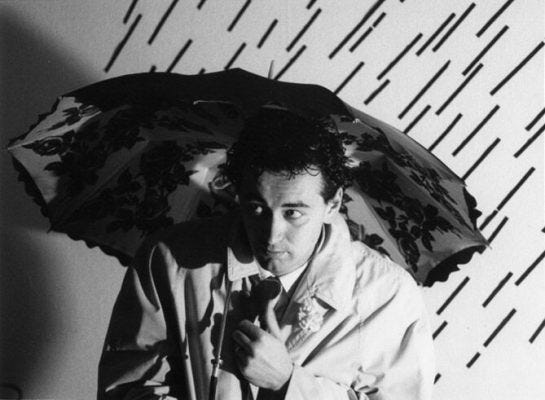
Louis Philippe, a.k.a. Philippe Auclair
Other images spring back to mind. Of Simon and I exiting a record shop where we’d been given the VIP treatment (“the last person to visit us was Todd Rundgren, we are very honoured!”, the manager said), to see a short film of Simon singing shown on a gigantic screen which covered most of a ten or twelve-storey building. I also remember Tilda Swinton coming to see Simon (with whom she’d been working on several Derek Jarman films) at the hotel and causing quite a commotion when she greeted us (Simon and I, again – we were inseparable on that trip) by running and sliding on her knees on the polished marble of the lobby to reach us.
As it happens, Derek was there too – probably to promote his last work, The Last of England, for which Simon had conceived most of the music and I’d written the strings arrangements -, and the four of us repaired to a place called the Alco-hall, which was to be our late-night HQ for the rest of our trip (and later visits to Japan for me). This is where Derek suggested he should come to our shows and film them with the 16-mil camera which travelled everywhere with him.
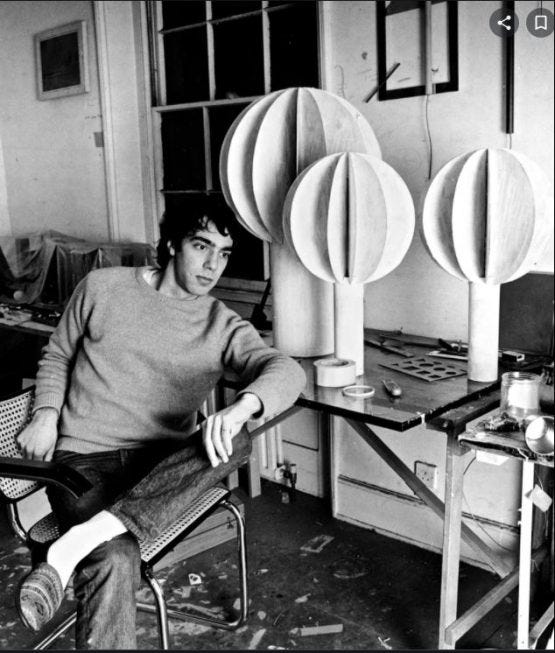 It is probably one of the great regrets of my career that the footage he shot that night has never resurfaced, despite Simon’s best efforts to locate it. Yes, somewhere, there is a film of Louis Philippe and the King of Luxembourg on stage in Tokyo, shot by Derek Jarman – from the front row. One sequence in particular I’d love to see. We were playing ‘Valleri’ (I think), all of us dressed as ninjas (Simon’s idea, who else?), myself perched on a stool to play the classical guitar – when I leaned back a bit too much and fell backwards as if in slow-motion. I landed safely, perhaps protected by my ninja outfit, and carried on playing on my back. What choice had I got? Simon was laughing so hard that he struggled to sing – and I can still picture Derek out of the corner of my eye, filming with a huge grin on his face.
It is probably one of the great regrets of my career that the footage he shot that night has never resurfaced, despite Simon’s best efforts to locate it. Yes, somewhere, there is a film of Louis Philippe and the King of Luxembourg on stage in Tokyo, shot by Derek Jarman – from the front row. One sequence in particular I’d love to see. We were playing ‘Valleri’ (I think), all of us dressed as ninjas (Simon’s idea, who else?), myself perched on a stool to play the classical guitar – when I leaned back a bit too much and fell backwards as if in slow-motion. I landed safely, perhaps protected by my ninja outfit, and carried on playing on my back. What choice had I got? Simon was laughing so hard that he struggled to sing – and I can still picture Derek out of the corner of my eye, filming with a huge grin on his face.
I have no idea of how ‘good’ we were. But we were told we’d put on quite a show. Every night, Nick, quite magnificent in his suit, bow tie and scarlet fez, did the introduction, which we could barely hear through the audience’s screams. I remember a young girl, in tears, forcing her way through the crowd to get to the very front and offering me a red rose. I passed the flower’s stem through the guitar’s headstock and kept it there until our last night at Club Quattro, and no, it didn’t feel forced or corny at the time. In fact, I was quite overwhelmed by the reception we’d received, as we all were in different ways.
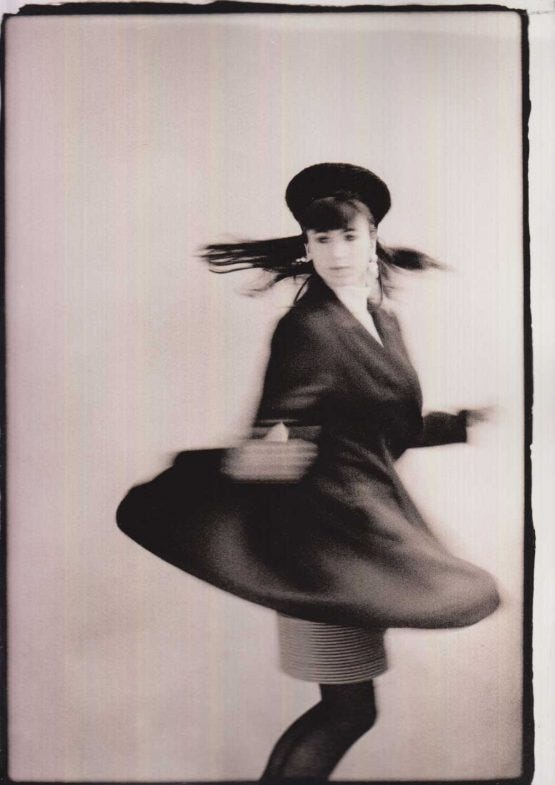
It was all over far too soon. Simon and I, who had some more records to sign and interviews to do, said goodbye to the rest of the crew early on the morning of 5 October. I don’t know if the sadness of this farewell was already a realisation that, from this moment on, things would go downwards, that we’d reached our high watermark and that the tide which had brought us that far, and that high (for us), would now recede for good. It wasn’t quite true, seen from a purely personal basis. Julia and I went on to record The Red Shoes immediately afterwards, which became one of él’s more popular releases. Simon would carry on writing and producing soundtracks for Derek and others. I’d go back regularly to Japan in the years which followed, and there’s now talk of another tour in late 2021 or the spring of 2022 for me. But as far as él was concerned, nothing would match the few days we’d spent in Japan’s alternate universe, a place where we’d found people who shared and understood our vision of pop, a place which genuinely felt like home to me.
And that may well be the problem. Within a year, él would be gone, and we’d all go our separate ways. When we left Japan, we also left the home we did not know we had. For él records, the most English of labels, the truly foreign land was England itself.
by Louis Philippe, a.k.a. Philippe Auclair

